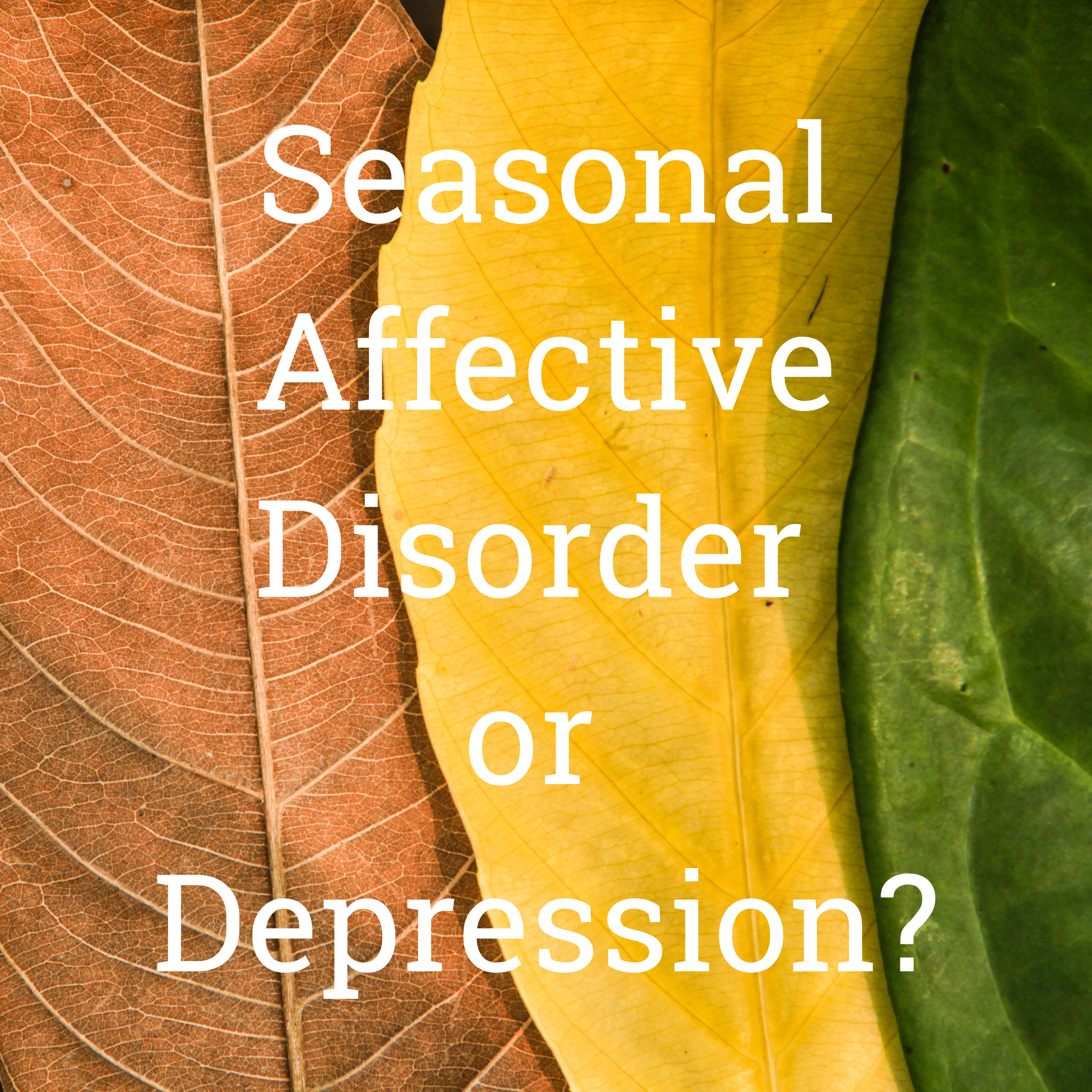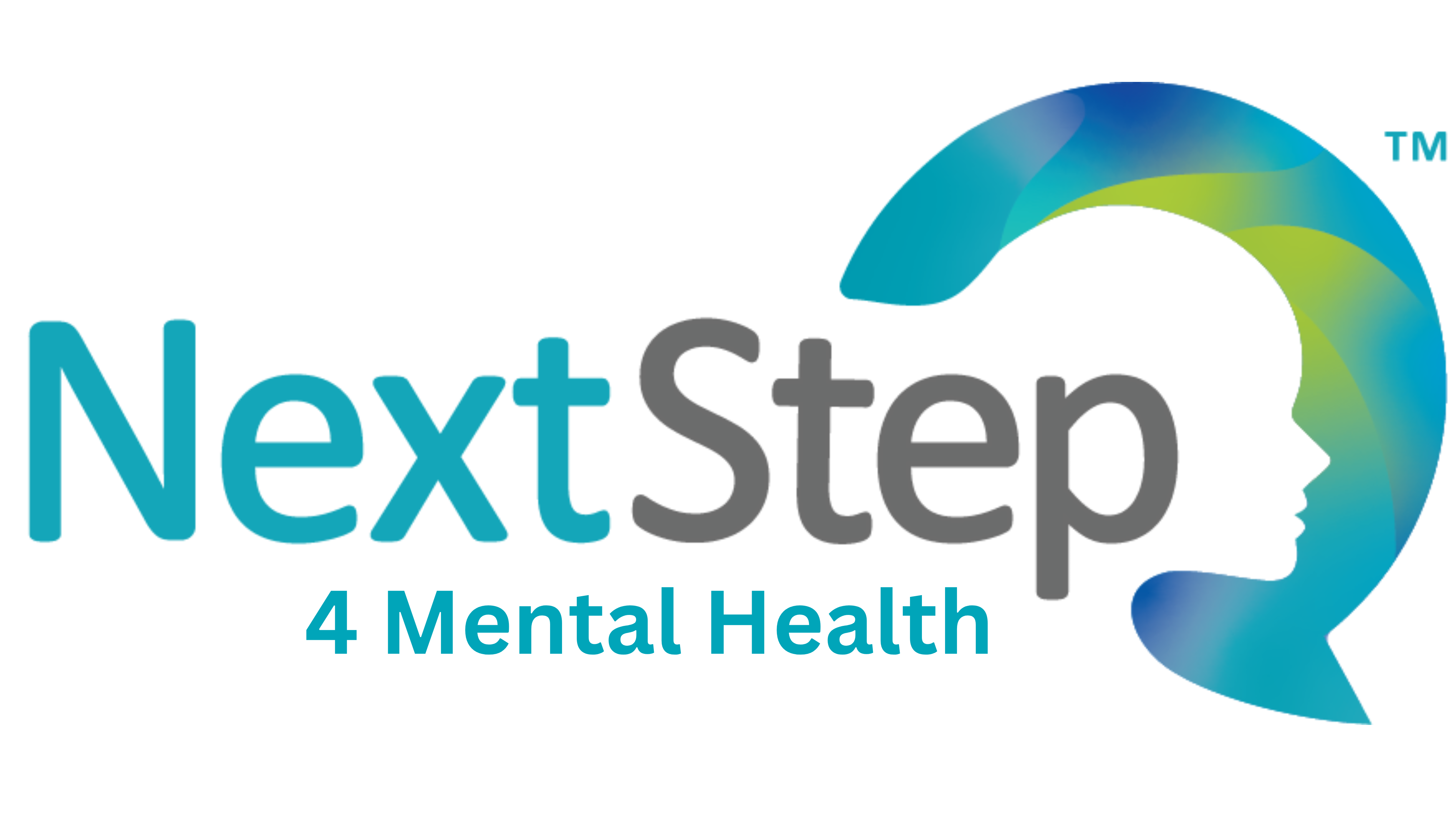
Do You Have Depression or Seasonal Affective Disorder?
Winter blues. Winter funk. The Blues. Whichever name you use, the reality is that seasonal affective disorder (SAD) is common during the darker winter months, and it can be debilitating.
If you’re experiencing any symptoms of depression or SAD, we encourage you to give us a call. Whether you’re struggling with major depressive disorder or seasonal affective disorder, we can help you feel better.
In the meantime, continue reading this article to explore what SAD is and how it’s different from major depressive disorder.
What Is Seasonal Affective Disorder?
According to the Diagnostic and Statistical Manual of Mental Disorders (DSM-IV), seasonal affective disorder is described as a “specifier,” referring to the seasonal pattern of major depressive episodes. Depressive episodes can occur within major depressive disorder as well as bipolar disorders.
According to the American Family Physician, SAD is a pattern of major depressive episodes that come and go with changes to the seasons. The most common form of SAD is known as the winter blues or winter depression, with symptoms starting in the fall and continuing until spring.
Symptoms of a major depressive episode (whether you have SAD, major depressive disorder, or bipolar disorder) include:
- Increased feelings of sadness
- Feeling depressed almost every day
- Loss of passion for your favorite activities
- Fatigue and low energy levels
- Difficulty sleeping
- Changes to your appetite
- Feeling agitated
- Trouble concentrating
- Experiencing feelings of hopelessness or guilt
- Having frequent thoughts of death or suicide
If you are feeling suicidal, thinking about hurting yourself, or are concerned that someone you know may be in danger of hurting himself or herself, call the National Suicide Prevention Lifeline at 1-800-273-TALK (1-800-273-8255). It is available 24 hours a day, 7 days a week and is staffed by certified crisis response professionals.
SAD or Depression?

How can you tell if your feelings of depression are related to SAD or major depressive disorder? The biggest indication is the connection to seasonal changes. According to the DSM, the following characteristic help to identify the seasonality of your depression:
- There is a recurrent link between the onset of the major depressive episodes and a certain time of year
- There is a full remission (or at least a shift from major depression to hypomania) that occurs at a certain time of year
- Two episodes have occurred in the last two years
- Major depressive episodes linked to seasonal change outnumber the episodes of non-seasonal episodes
Tips for Decreasing the Impact of SAD
Now that we’ve covered what SAD is, how to spot the signs of SAD, and how light affects your mood, what can you do about it?
Here are four strategies you can implement.
1. Schedule Regular Exercise

Staying active is good for your body and your mind. Exercise can boost your mood — thanks to those feel-good endorphins. Endorphins help reduce stress, decrease feelings of depression or anxiety, and even help you sleep better at night.
Even as the seasons change, try to find ways to fit 30 minutes of daily exercise into your routine. As the Norwegian say, “There’s no such thing as bad weather, only bad clothes.” Bundle up and experience cold-weather activities like cross-country skiing, hiking, or snowshoeing. Even an extra walk around the block in the fresh air is good for you.
You don’t have to exercise outside to reap these benefits. There are plenty of indoor options: running on a treadmill, cycling on a stationary bike, yoga or Pilates, lifting weights, or following along with a YouTube at-home workout.
2. Soak Up Some Sunshine
Even if the sun is setting early and early, try to spend time outside each day. Experts suggest spending 30 minutes of your time in the morning sun — to start the day off right. If you walk your dog or go for a quick jog in the early morning sun, then you’ve crossed two items off your list in one swoop: regular exercise and soaking up some sunshine.
3. Practice Good Sleep Hygiene
Sleep disturbances are a common symptom of depressive episodes. You can help to reduce the intensity of sleep disturbances by following good sleep hygiene.
This includes:
- Going to bed at the same time every night
- Avoiding blue lights before bed
- Sleeping in a cool, dark room (just a few degrees cooler than room temperature)
- Using a white noise machine
- Engaging in a relaxing activity before bed (like reading or listening to calming music)
- Exercising during the day (but not within the hours right before bed)
Want more sleep tips? You can learn more about sleep hygiene here: What Is Sleep Hygiene?
4. Seek Treatment
Whether you’re dealing with SAD or major depressive disorder or bipolar disorder, depression can be debilitating — even if it doesn’t last year-round. Our compassionate and non-judgmental team of experts is here to help you get the relief you need.
Call our Louisville, Kentucky office at 502-339-2442. You can also request an appointment online.
Learn More
